Delicious Photography
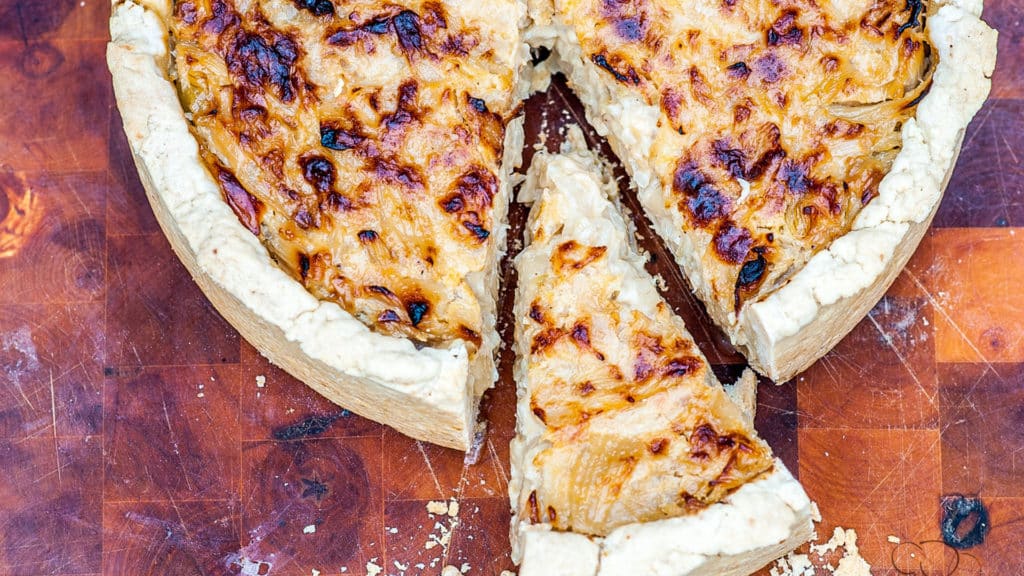
Food photography is a very specific genre. For one thing, you as the hungry photographer are mostly looking forward to the end of the shoot! But first you have to deliver quality work. And you can always see quality in food photography: if it makes you hungry or thirsty just looking at it, then it’s quality work.
A food photographer’s main duty is to sell a certain dish to a customer. Simply put, to make them order that food in the restaurant, or—if it’s for a cookbook—to prepare it themselves. That’s why food photography should look tasty, juicy, and above all fresh. In short, delectable.
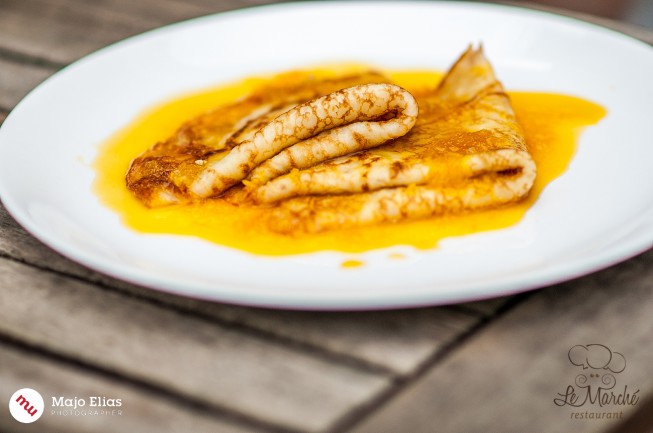
Hail to the Chef!
Just like fashion photography demands teammates, in gastronomy you team up with the chef. They’re your stylist and make-up artist. (Food stylists do exist, however.) They know what foods they’ll be presenting, what angle will make them look best, and what you should focus on. Be prepared for the fact that you won’t be the only artist in the room!
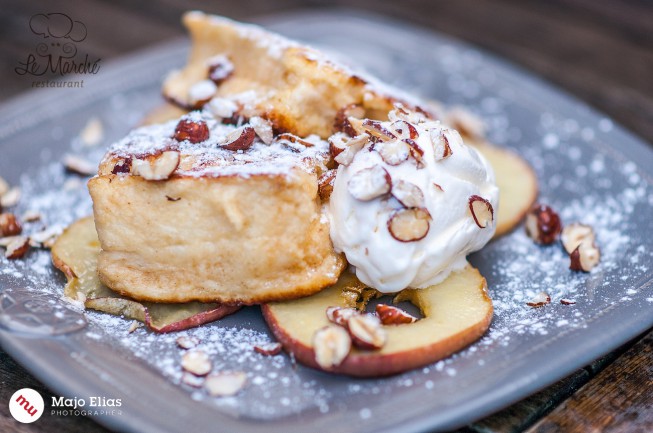
Note: Be prepared for the chef or stylist to be dissatisfied with the photos. Even if your work is good. The chef may see something wrong in the food itself. The duck may be burnt, the sauce may have the wrong color, or perhaps the fish has ruptured skin. So be prepared to have to photograph some dishes twice.
Playing Dress-up with Food
How the food looks on the plate is also fully a matter for the chef or the stylist. Your role is just to take the best possible picture of their creation. Try to avoid adding props like towels, glasses of wine or cola, flowers, etc. Focus on the food and just the food.
If you want props, go for interesting dishware instead (at the moment retro dishware is in fashion). The food should look interesting in itself, so don’t divert attention with unneeded props. These can ruin the whole photograph. Only use them when the photograph of the food itself could look boring, even from multiple angles. By the way, when that happens, it’s not your mistake, or even the chef’s. Some dishes are just like that—monotonous or uninteresting—and these dishes do need appropriate props.
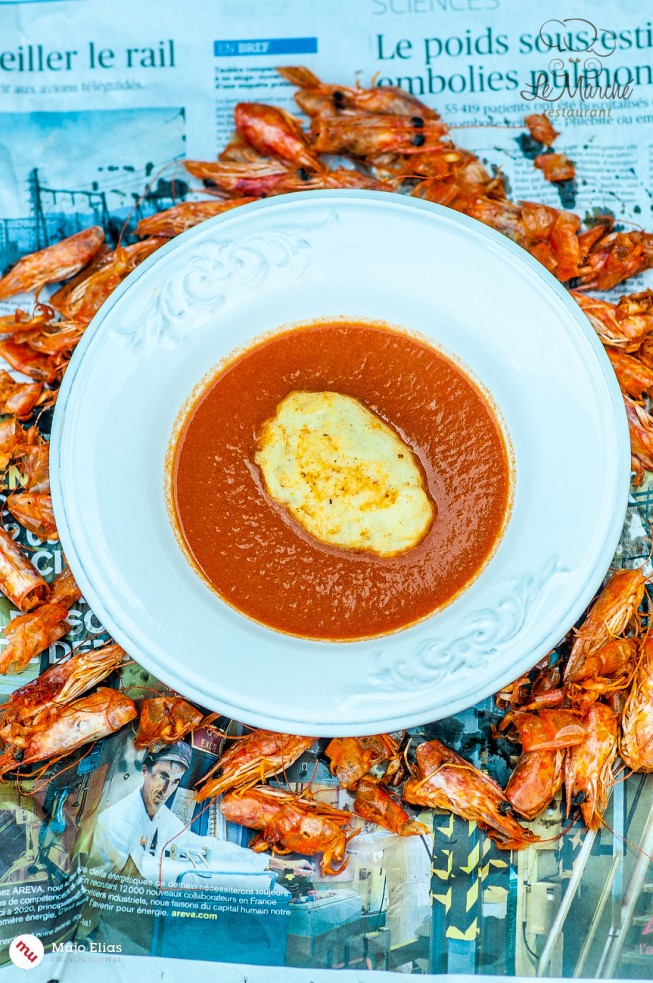
Flawless composition is definitely an integral part of any well-executed food photo. Nearly any time when you’re presented with the task of photographing food on a plate, you’ll want to present it from the side. If the food arrives in a dish, you’ll want to photograph it from above. Always choose the composition that makes the food look the most interesting.
When photographing food from above, it can good to use a stepladder. It’s more elegant than stepping on tables or chairs, and also, you can adjust the height.
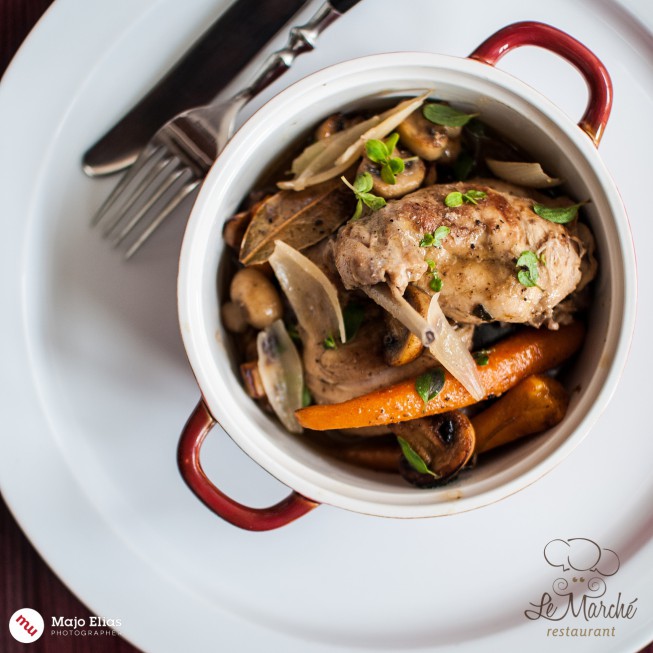
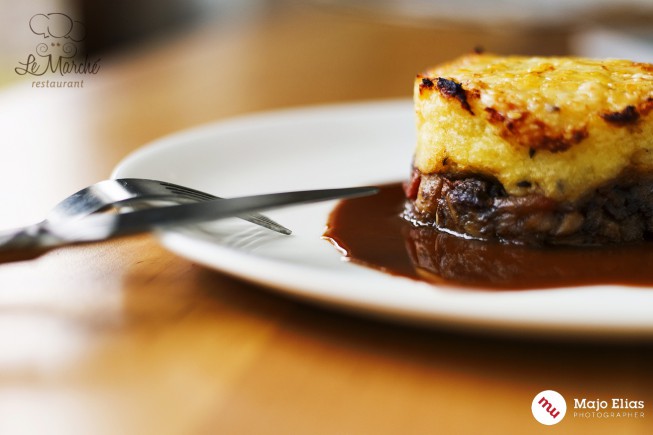
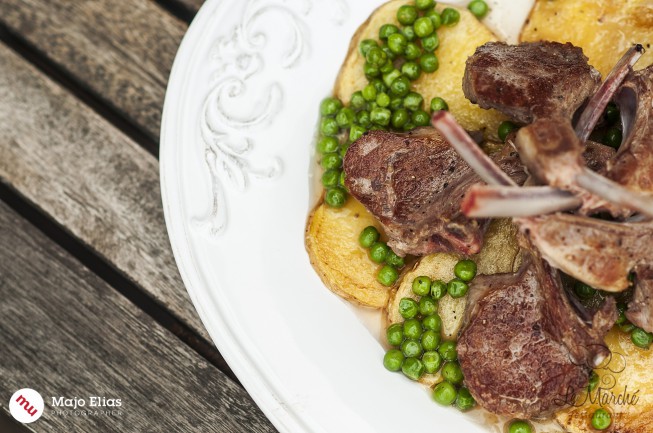
Details, Details, Details
Even though for a menu you’ll often be taking wide shots, close-ups of food look the best. So it won’t hurt to take a few. And in any case these photos too can come in handy later on.
Close-ups emphasize and capture juiciness, freshness, and “aroma.” They make a customer hungry for the food, and that means a good food close-up is perfect, because it fulfills its goal. Wide shots can end up looking boring. When they do, go for close-ups instead. Ninety percent of the time, they’ll deliver the picture you’ve been looking for.
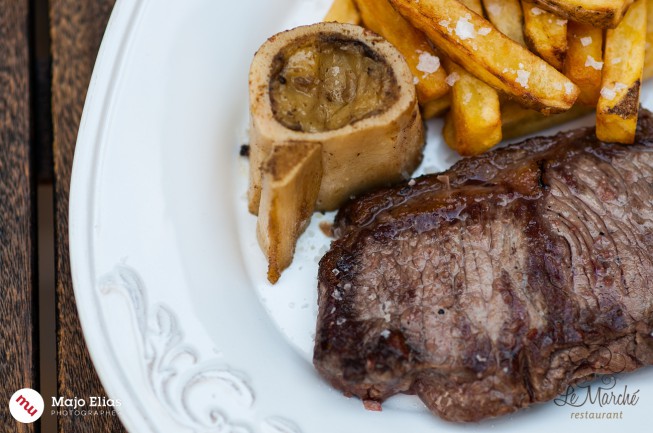
Lights and Equipment
As far as equipment is concerned, bring the same gear as you would for portrait photography. Lean towards long lenses that don’t deform objects’ shapes. And also towards soft, diffused light. It brings out all the details in the food, leaving nothing in shadow.
So bring diffusers if you’ll have artificial light, and consider reflectors when using natural light. The reflectors should offer both white (or silver) reflective surfaces and gold surfaces. (Any good 5-in-1 will offer this.) Gold adds a warm tint, making the food look tastier.
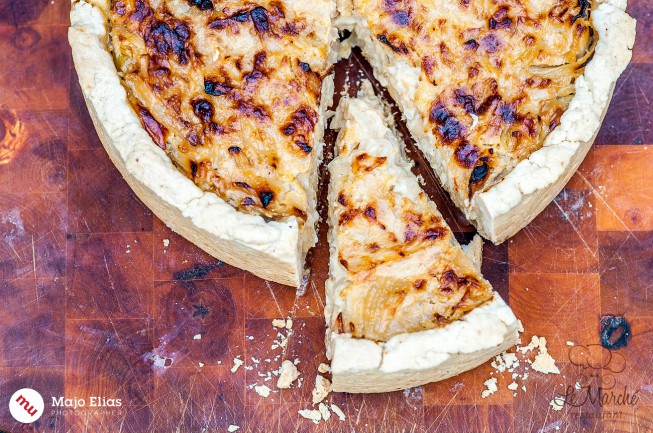
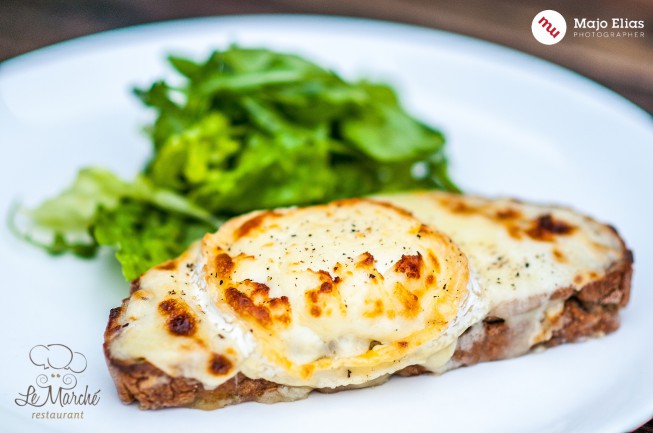
Mythbusting
If you’ve heard anything about photographing food in the past, then maybe you know that photographers spray e.g. hairspray on their “models” to make the food look juicier. But believe me when I say that well-prepared food doesn’t need to be degraded with things like hairspray.
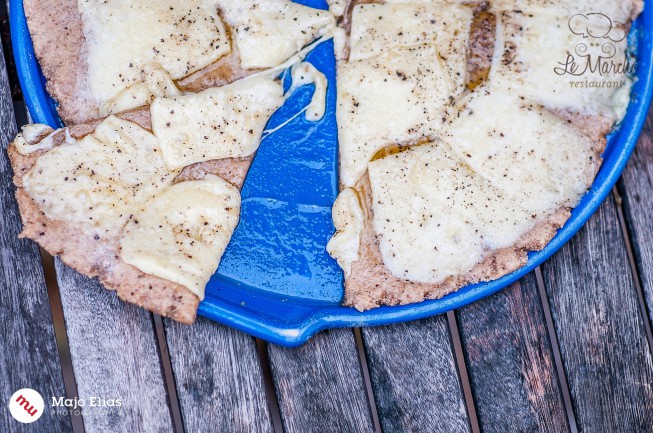
Food for Sale
Food photographs are actually tasty product photographs. And the purpose of a product photograph is to sell. If reading this article has whetted your appetite, then you’ve been looking at good photographs.
Of course the best comes after the shoot. If you haven’t been photographing artificial food, then you too will have a taste experience. Chefs are artists in their own right, and are very glad to share their art.
The photographs here were taken in cooperation with the French restaurant Le Marché in Brno, Czech Republic.
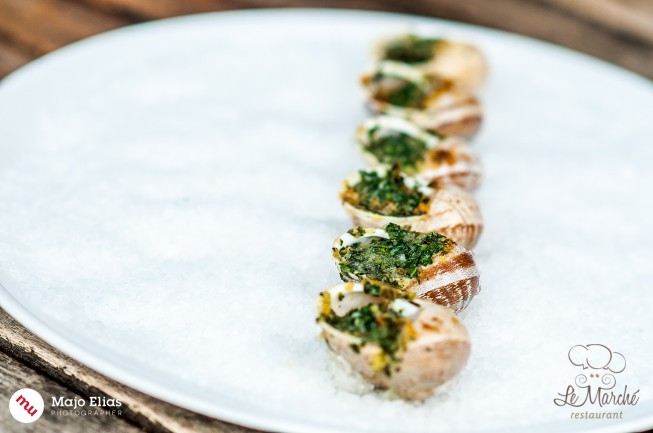
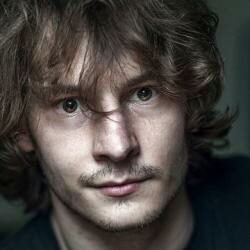
There are no comments yet.